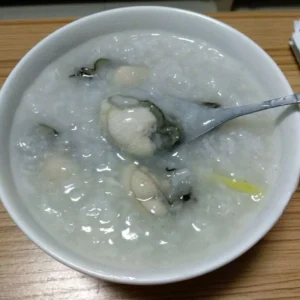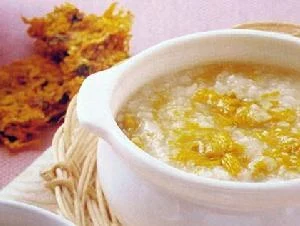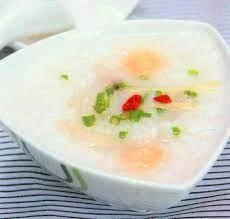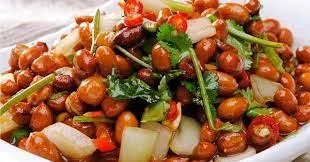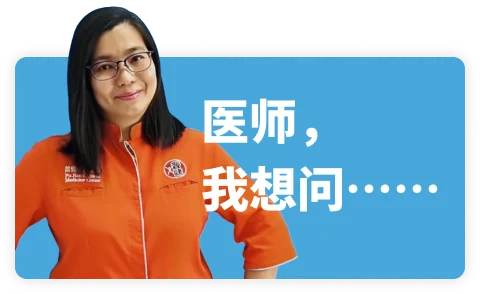Acupuncture combined with Traditional Chinese Medicine (TCM) treatment reduces recurrence rate by about 60%
In addition to dietary adjustments, acupuncture combined with TCM can effectively reduce the recurrence rate of stroke patients and also accelerate their recovery.
From the perspective of modern medicine, acupuncture treatment works mainly by improving blood supply to the damaged area, reducing blood viscosity, and increasing blood flow and oxygen saturation in the local area. This facilitates the supply of oxygen and nutrients to the tissues, promotes the growth of damaged nerve cells, enhances their functional synthesis and energy metabolism, clears metabolic waste, regulates the cortical electrical activity at the site of injury, increases excitability, promotes the activation of contralateral nerve fibers, and influences or regulates the release of neurotransmitters to improve stroke sequelae.
Dr. Alice suggests that patients make the most of the golden treatment period of 6 months after a stroke. By combining internal Chinese medicine with acupuncture therapy, patients can prevent a recurrence of stroke and improve the inconveniences caused by motor and sensory dysfunctions, thus enhancing their quality of life and assisting in their recovery towards independent living.
How to prevent recurrence of stroke is a very important issue, and “diet” is a key component. In addition to completely eliminating the excessive seasoning habits before the stroke, attention must also be paid to avoid over-correction. After a stroke, muscle control ability is reduced, and some people may choose to consume only health supplements, neglecting the fact that chewing food helps to strengthen the swallowing nerve function. Therefore, any dietary approach should be tailored to the patient’s current state and condition.
Generally speaking, during the recovery period, stroke patients may experience Qi deficiency and blood stasis, but not all patients are the same. Therefore, it is best for patients to adjust their daily diet under the guidance of a physician. Below are several recommended dietary therapies along with the types of stroke patients they are suitable for.
Stroke recovery period ingredients
Oyster and Mother-of-Pearl Congee
Ingredients: Fresh oysters, mother-of-pearl, japonica rice.
Method:
- Boil the mother-of-pearl with water for 30 minutes and strain the liquid for later use.
- Wash the japonica rice and cook it with water to make porridge.
- Once the porridge starts to boil, add the oysters and mother-of-pearl soup. Continue cooking until the porridge thickens, and it is ready to eat.
It can be eaten once in the morning and once at night.
Suitable for: Stroke patients with high blood pressure, headaches, dizziness, and liver yang hyperactivity.
Not suitable for: Patients with a deficiency of cold syndrome.
Chrysanthemum Porridge
Ingredients: Japonica rice, chrysanthemum, rock candy.
Method:
- Wash the chrysanthemum, remove the stems, dry, and grind into powder.
- Cook the japonica rice into porridge, then add the chrysanthemum powder. Stir well and cook for a bit longer.
- Add a small amount of rock candy to taste and serve.
Usage:
Eat once in the morning and once in the evening.
Suitable for: Patients with elevated blood pressure, headaches, and dizziness.
Not suitable for: Patients with spleen deficiency and diarrhea.
Jellyfish and Carrot Porridge
Ingredients: Jellyfish skin, carrot, japonica rice.
Method:
- Wash and peel the carrot, then cut it into small cubes. Clean the jellyfish skin and japonica rice.
- Cook the japonica rice with water to make porridge.
- Once the porridge begins to boil, add the diced carrot and jellyfish skin. Simmer on low heat until the porridge thickens.
Suitable for: Patients with stroke sequelae.
Vinegar Garlic Peanut Salad (For stroke patients with relatively good dental function)
Ingredients: Aged vinegar, peanuts, cilantro, garlic.
Method:
- Wash the peanuts, then dry fry them in a pan until they change color. Remove them from the pan and let them cool.
- Wash and chop the cilantro and garlic finely, and set them aside.
- In a bowl, add the vinegar and a suitable amount of sugar, then mix in the cooled peanuts and sauce. Add the chopped cilantro and garlic, and stir well. It is ready to serve.
Note: “When cooking rice, you may want to make porridge instead, as it is easier for patients with chewing difficulties to eat,” advises Dr. Alice Yee Siew Kein. Stroke can be classified into two types: one caused by cerebral hemorrhage, known as hemorrhagic stroke, and the other caused by a blockage of brain blood vessels, known as ischemic stroke. Dr. Alice Yee Siew Kein suggests adding appropriate ingredients to porridge to supplement nutrition while eating.
- Hemorrhagic Stroke: Hemorrhagic strokes account for approximately 35% of strokes, but the mortality rate is over 30%. Most hemorrhagic stroke patients have high blood pressure. Therefore, it is recommended to add Astragalus and red dates to white porridge to “tonify qi.”
- Ischemic Stroke: Ischemic stroke, also known as brain infarction, is caused by a blockage of brain blood vessels. Patients should consume blood-activating foods, such as adding red yeast rice, red cabbage, or red-colored fruits and vegetables to their porridge, all of which have blood-activating effects.
